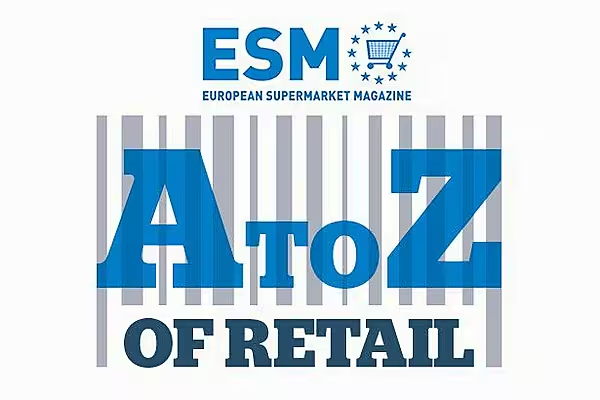ESM: European Supermarket Magazine is proud to launch 'The A-Z of Retail', a new subscriber-only series that offers a deep analysis of the retailers, suppliers and individuals making the news each week. Today: L is for Lenta.
Given that it's around 6,500 kilometres from St Petersburg to Vladivostok, it's fair to say that the Russian retail sector operates at a scale unlike any other.
While much of the Russian retail market is dominated by small independents, when it comes to 'modern retail', a selection of mainly domestic names come to the fore.
In terms of sales, X5 Retail Group holds the Federation’s retail throne with 12,000 stores and reported sales of RUB 1,286.87 billion, while Magnit grew its network to 16,350 stores and its sales to RUB 1,143.29 billion.
Lenta, the third biggest retailer by selling space, has 328 stores and reported sales of just over RUB 365 billion in sales by year’s end.
But despite the company’s store count making up a mere 2% of Magnit’s, Lenta’s 2017 revenue was almost one third (32%) of Russia’s number two and 28% of X5.
So it seems, that less is definitely more with Lenta. The St Petersburg-based retailer now describes itself as the 'country's leading hypermarket operator'... and it's not finished yet.
Store Expansion
Lenta’s total sales in 2017 grew by almost one fifth (19.2%) to RUB 365.2 billion, outpacing Magnit (which saw a modest revenue growth of 6.4%). This was driven largely by Lenta’s large-scale expansion during the fourth quarter, when it opened 63 new stores, over 70% of Lenta’s 89 new stores in 2017.
“We doubled our supermarket network during 2017, opening more stores than in the previous four years since this format was launched in 2013,” said Jan Dunning, CEO of Lenta.
The retailer added 236 million square metres to its selling space during Q4, with a final tally of 231 hypermarkets and 97 supermarkets.
“Customers reacted positively to continuing improvements in our offering, range, marketing and communication and this led to substantial improvements in both like-for-like ticket and traffic growth,” Dunning added.
Regional Interests
But what areas is Lenta focusing on? Two of the most significant network growth areas were in the capital Moscow, and an eastward push to the expanses of the Siberian and Ural regions.
“We made notable progress in Moscow with 11 new hypermarkets and 10 new supermarkets, leading to year-on-year increases of over 70% in fourth quarter sales and selling space in this region,” Dunning said. “Despite entering the Moscow market later than our competitors, we are rapidly expanding our footprint here.”
It's also proven itself adept on the acquisition front: in November, the retailer announced the opening of five new hypermarkets at locations previously under the Nash hypermarket brand.
In addition, the retailer’s largest deal of last year was the purchase of 22 supermarkets in Siberia from the Holiday Group, which also took place in November. Six of the stores are open for business as of last December with the others set to open by March 2018.
Customer Loyalty
One way in which Lenta is seeking to carve a greater foothold is through its customer loyalty programmes.
Lenta’s loyalty card program enjoyed saw a significant boost towards the end of last year, with a 17% increase in cardholders to 12.3 million, and about 95% of transactions made with the loyalty card during Q4.
But to keep its customers coming, the retailer will have to innovate to meet the demand for simpler, faster, innovative and more convenient payment methods.
According to Euromonitor, the use of mobile devices for in-store shopping was the big new trend in Russia last year, leaving retailers under increasing pressure to respond. Furthermore, Russian retail is expected to experience stable growth over the next year due to the ongoing economic recovery.
Lenta can benefit from its less-is-more position and invest heavily in individual stores, compared to a retailer like Magnit, which may find it more difficult to react to new customer needs across a portfolio of 16,000 stores.
Russia’s number three is unlikely to be the next X5 or Magnit in the near to mid-future, but it can make its stores stand out through intense investments in innovation and meet customer demands head-on.
© 2018 European Supermarket Magazine – your source for the latest retail news. Article by Kevin Duggan. Click subscribe to sign up to ESM: The European Supermarket Magazine.














